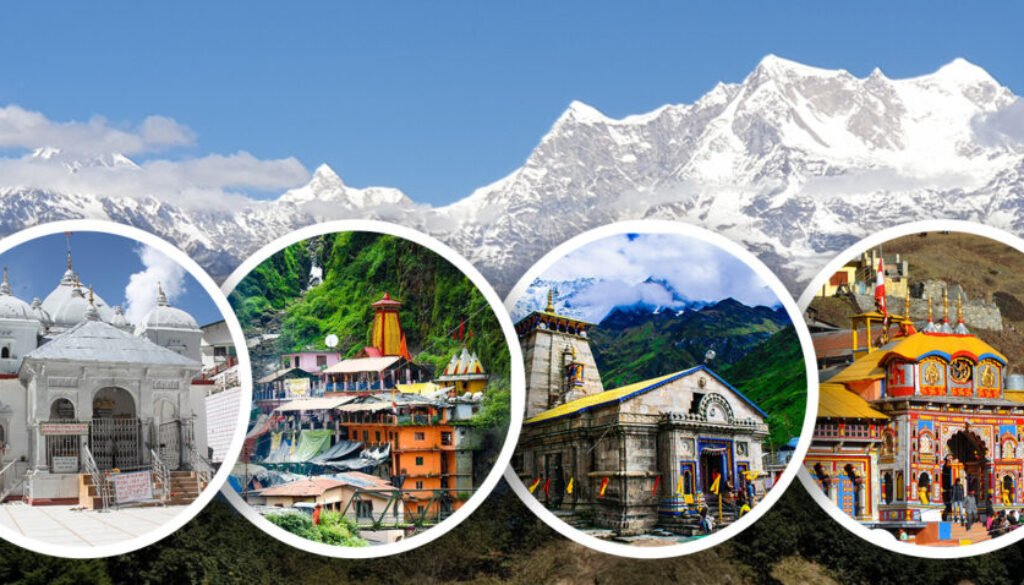How to Stay Safe and Healthy During Your Chardham Yatra 2024
The Chardham Yatra, a pilgrimage to the four sacred shrines of Yamunotri, Gangotri, Kedarnath, and Badrinath in the Indian Himalayas, is a spiritually enriching experience for many. However, the journey can be physically demanding and potentially hazardous due to high altitudes, unpredictable weather, and challenging terrain. Here’s a guide on how to stay safe and healthy during your Chardham Yatra in 2024.
1. Pre-Yatra Preparations
Health Check-Up: Before embarking on the journey, get a comprehensive health check-up. Ensure you are fit for high-altitude trekking and get clearance from your doctor, especially if you have pre-existing medical conditions.
Vaccinations: Ensure you are up-to-date with necessary vaccinations. Consult your doctor about any additional vaccines you might need for the region.
Physical Fitness: Start a fitness regime at least a few months before the trip. Include cardiovascular exercises, strength training, and flexibility exercises. Practice hiking with a backpack to build endurance.
Packing Essentials:
- Clothing: Layered clothing for varying temperatures, waterproof jackets, and sturdy trekking shoes.
- First Aid Kit: Include basic medications, bandages, antiseptics, pain relievers, and any personal prescriptions.
- Hydration and Snacks: Carry water bottles with purification tablets or filters and high-energy snacks like nuts, dried fruits, and energy bars.
- Miscellaneous: Sunscreen, sunglasses, a hat, walking sticks, and a flashlight.
2. During the Yatra
Acclimatization: Give your body time to adjust to the altitude. Spend a day or two at a moderate height before proceeding to higher altitudes. Avoid rapid ascents.
Hydration and Nutrition: Drink plenty of water to stay hydrated, as high altitudes can cause dehydration. Eat light, high-calorie meals to maintain energy levels. Avoid alcohol and caffeine as they can dehydrate you.
Pacing: Walk at a steady pace. Do not rush, as this can lead to exhaustion or altitude sickness. Listen to your body and take breaks whenever necessary.
Altitude Sickness: Be aware of symptoms like headaches, nausea, dizziness, and shortness of breath. If you experience these, descend to a lower altitude and seek medical help if symptoms persist.
Weather Awareness: The weather in the Himalayas can change rapidly. Always check the weather forecast and be prepared for sudden rain or snow. Avoid traveling during heavy rains or snowstorms.
3. Safety Measures
Stay Informed: Keep updated with local news and weather reports. Follow instructions from local authorities and guides.
Travel in Groups: It’s safer to travel in groups or with a registered tour operator. Group travel provides support in case of emergencies and ensures you are less likely to get lost.
Emergency Contacts: Keep a list of emergency contacts, including local hospitals, police, and your country’s embassy. Share your itinerary with family and friends.
Respect Local Customs: Follow local customs and respect the sanctity of the shrines and the environment. Avoid littering and follow eco-friendly practices.
4. Post-Yatra Care
Rest and Recover: After completing the Yatra, give your body ample time to rest and recover. Continue to hydrate well and eat nutritious meals to regain strength.
Medical Check-Up: If you experienced any health issues during the trip, consult a doctor upon returning. Monitor any persistent symptoms and seek medical advice if needed.
Embarking on the Chardham Yatra is a rewarding and transformative experience. By preparing well, staying informed, and taking necessary precautions, you can ensure your pilgrimage is safe and healthy, allowing you to fully embrace the spiritual journey. Additionally, it is essential to respect local customs and traditions, as this enhances the overall experience. Connecting with fellow pilgrims and sharing your experiences can also enrich your journey, providing deeper insights and lasting memories. The Chardham Yatra offers not just spiritual growth but also a chance to witness the breathtaking natural beauty of the Himalayan region. Safe travels!



